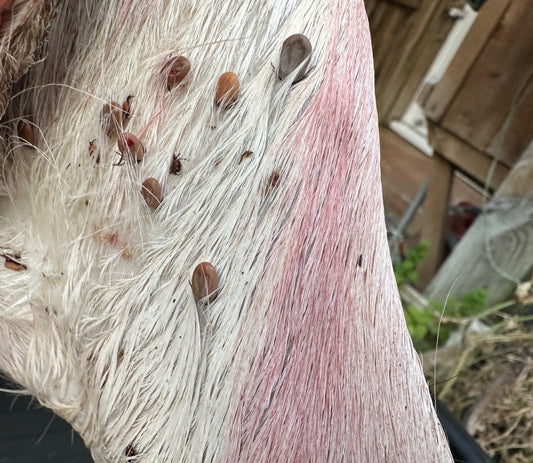Fostering a Balanced Ecosystem through Deer Management
Deer management is a critical aspect of land stewardship that transcends beyond controlling population numbers. It's about ensuring the stability and health of the ecosystem. Effective deer management is essential for maintaining biodiversity, as deer populations, if left unchecked, can disrupt the balance of various plant and animal species. This imbalance can lead to overgrazing, habitat loss, and a decrease in biodiversity, affecting the overall health of the ecosystem.
Supporting Agricultural Productivity
For landowners with agricultural interests, managing deer populations is paramount. Uncontrolled deer can cause extensive damage to crops, leading to significant financial losses. Effective deer management strategies help in protecting crops from overgrazing and trampling. This is not only about safeguarding the current year's yield but also about ensuring the long-term fertility and productivity of the land. By implementing deer management techniques, landowners can maintain a sustainable balance between wildlife and agricultural production.
Enhancing Forest Regeneration and Sustainability
In forested areas, the impact of deer on young trees and undergrowth can be profound. High deer populations often hinder natural forest regeneration processes, impacting the long-term sustainability of forest resources. Through strategic deer management, landowners can ensure healthier forest growth. This involves protecting young trees from deer browsing, which in turn supports the growth of high-quality timber and preserves the forest ecosystem for future generations.
Developing and Implementing a Deer Management Plan
Creating a comprehensive deer management plan is a crucial step in integrating deer management into land stewardship. This plan should be based on a thorough assessment of the deer population and its impact on the land. It should outline effective, humane strategies for managing deer populations, tailored to the specific needs and characteristics of the land. Regular monitoring of the deer population and the health of the ecosystem is also essential, allowing for the adjustment of management strategies as needed.
Ethical Considerations in Population Control
Where population control is necessary, it must be approached ethically and responsibly. Methods like controlled culling should be carried out by trained and licensed professionals, adhering to humane and legal standards. These measures should align with the broader goals of conservation and land stewardship, ensuring that they contribute positively to the ecosystem.
Adapting to Changing Conditions
Deer management is an evolving process that requires adaptability and responsiveness to changing environmental conditions and deer behaviors. Landowners must stay informed about the latest research and advances in deer management and be prepared to adjust their strategies accordingly. This adaptive management approach ensures that deer management practices remain effective and relevant, contributing to the overall goals of land stewardship.
Conclusion: The Integral Role of Deer Management in Land Stewardship
Integrating deer management into a land stewardship plan is about creating a sustainable and productive environment where wildlife and human activities can coexist. It involves a comprehensive understanding of ecological relationships and a commitment to sustainable practices. By effectively managing deer populations, landowners can enhance the ecological health of their land, support agricultural productivity, and ensure the sustainability of forest resources, paving the way for a balanced and thriving ecosystem.




